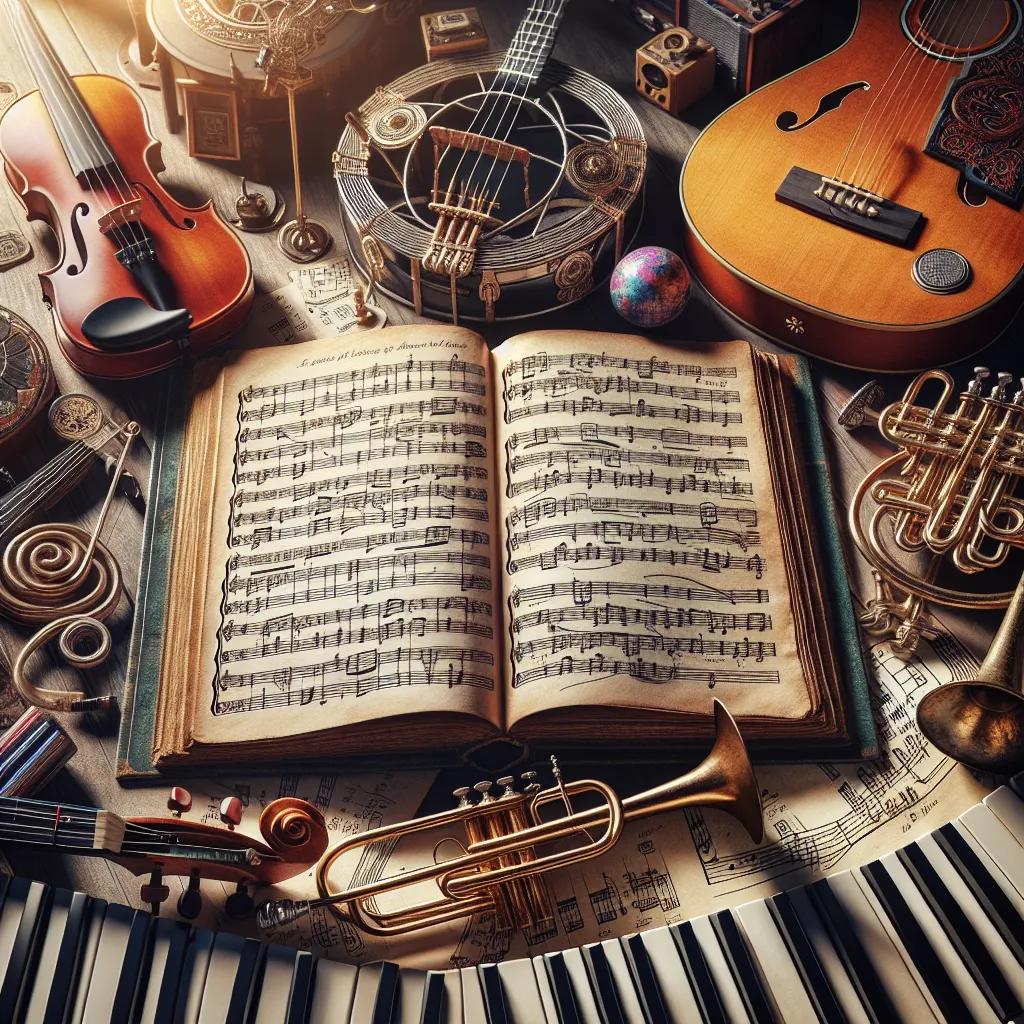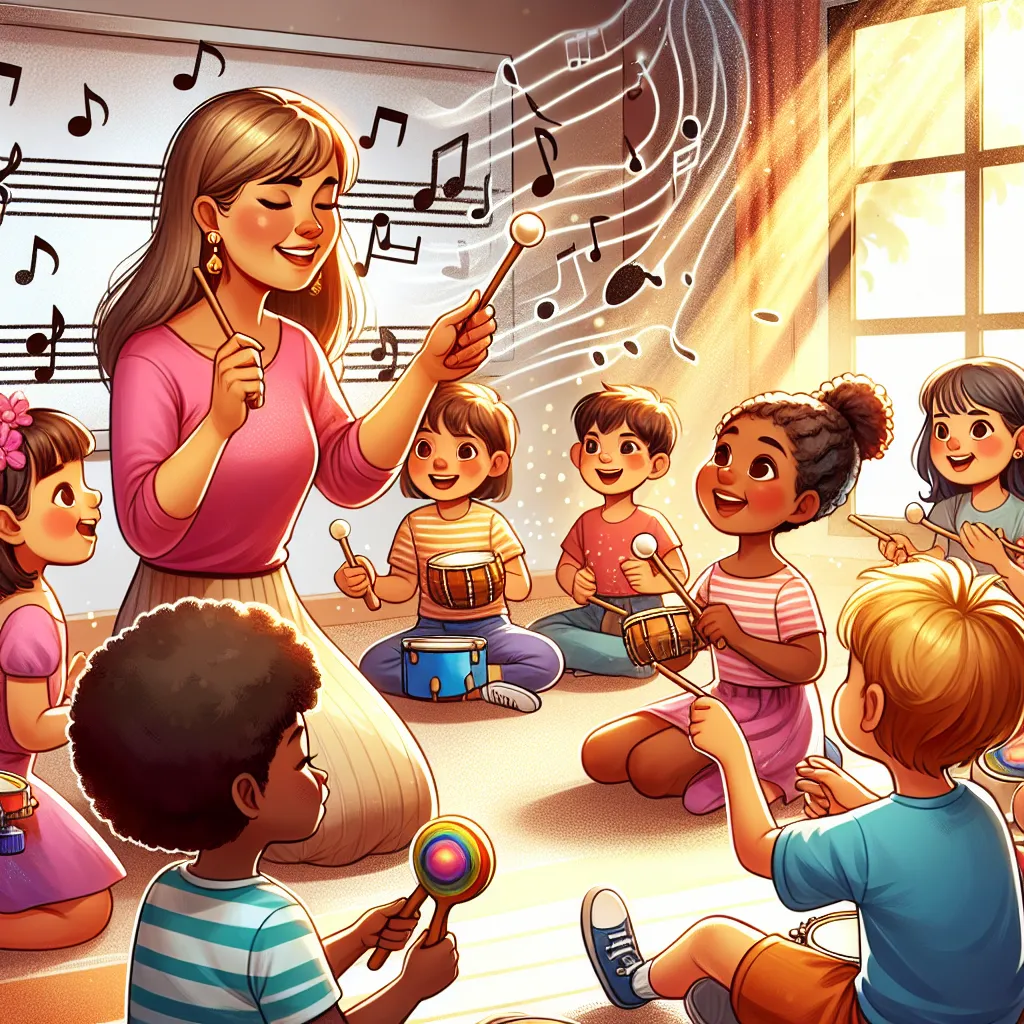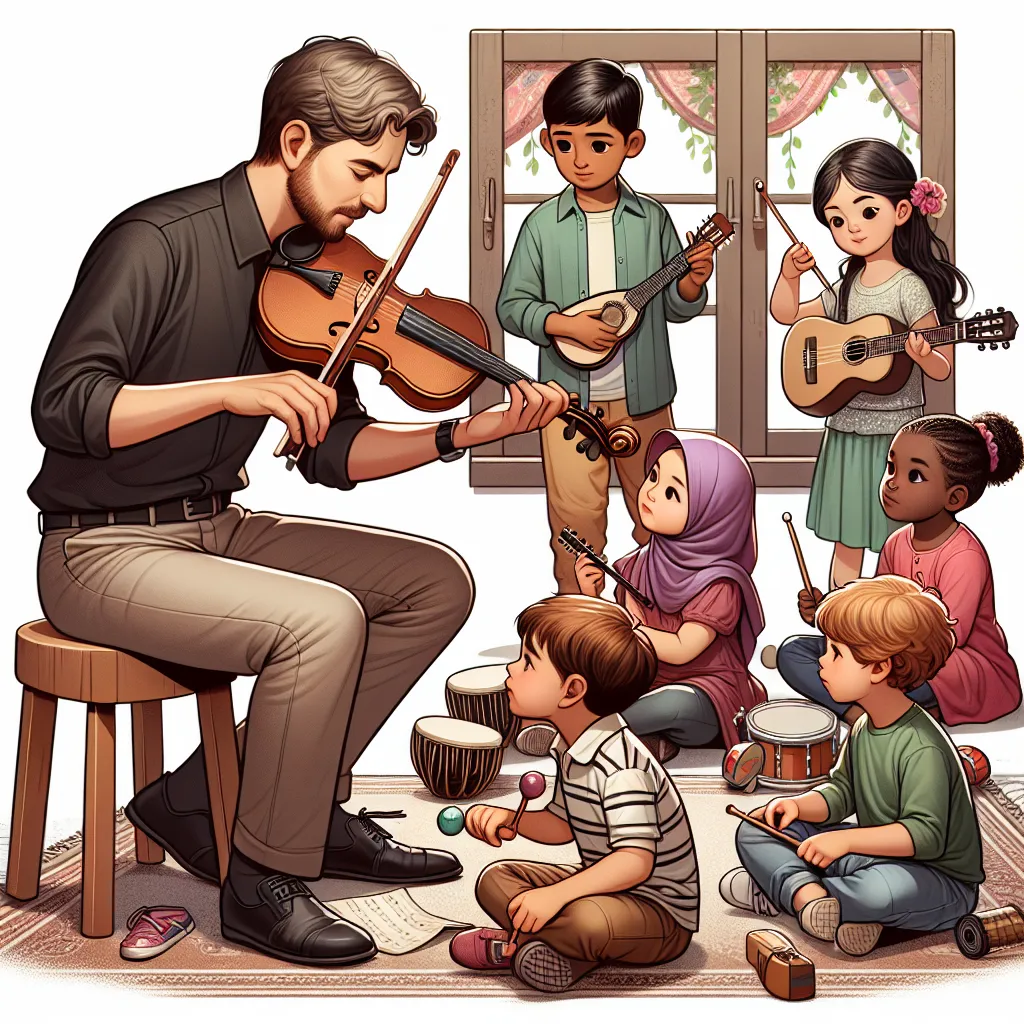Ask AI on The Internet
Question: QUESTION 1 [20] 1.1. List three benefits of music in early childhood development contexts. (3) 1.2 For each musical concept below, design a simple activity to support Grade R learners’ understanding of the concept. (9) • Beat • Dynamics • Pitch 1.3 Should dance movements be choreographed or unchoreographed in Grade R? Provide two reasons to support your answer. (4) 1.4 Recommend four open-ended questions that teachers can ask learners after a drama lesson to support language development through reflection. (4) QUESTION 2 [20] 2.1 Explain the five key components that should be present in a good music lesson plan. (10) 2.2 Plan a lesson to teach an action song in Grade R learners. You can choose any theme. Use the template provided on page 145 of the study guide. (10) QUESTION 3 [20] 3.1 Create a mind map showing the six principles of teaching music in Grade R. (12) 3.2 Recommend five music teaching resources that every Grade R teacher should have in his or her class. (5) 3.3 Explain how music contributes to the cognitive development of Grade R learners. (3)
### QUESTION 1 [20] #### 1.1. List three benefits of music in early childhood development contexts. (3) 1. Enhances Social Skills: Engaging in music activities can help children learn to work together, listen, and improve their ability to communicate. 2. Promotes Cognitive Development: Music can aid in the development of memory, attention, and thinking skills. 3. Boosts Language Development: Singing and listening to music can expand vocabulary, improve pronunciation, and increase language comprehension. #### 1.2. For each musical concept below, design a simple activity to support Grade R learners’ understanding of the concept. (9) - **Beat:** - **Activity:** Clap Along - Have the children clap their hands to the beat of a simple song. Start by clapping yourself and then encourage them to follow along. Use a drum or tambourine to keep a steady beat for variety. - **Dynamics:** - **Activity:** Volume Control - Play a familiar song and teach the children hand signals for "loud" (hands raised high) and "soft" (hands low). Practice by raising and lowering the volume of their voices and instruments following the signals. - **Pitch:** - **Activity:** High and Low Sounds - Use a xylophone or piano to demonstrate high and low pitches. Have children move their bodies high in the air or crouch low to the ground depending on the pitch they hear. #### 1.3. Should dance movements be choreographed or unchoreographed in Grade R? Provide two reasons to support your answer. (4) **Unchoreographed movements (improvisation) are often more suitable for Grade R because:** 1. **Encourages Creativity:** Allowing children to move freely to music lets them express their own ideas and creativity, which is important for personal development. 2. **Personal Expression:** Unchoreographed movements provide opportunities for children to explore and experiment with their bodies in a way that feels natural and comfortable to them, without the pressure to perform specific steps accurately. #### 1.4. Recommend four open-ended questions that teachers can ask learners after a drama lesson to support language development through reflection. (4) 1. "What did you like most about today's drama activity?" 2. "How did you feel when you were acting out your character?" 3. "Can you tell me about a part of the story that surprised you?" 4. "What would you do differently if we acted out the story again?" ### QUESTION 2 [20] #### 2.1. Explain the five key components that should be present in a good music lesson plan. (10) 1. **Objective:** Clear goals outlining what the learners should achieve by the end of the lesson. 2. **Materials:** A list of resources and materials needed for the lesson, such as instruments, recordings, or props. 3. **Activities:** Detailed description of the step-by-step process and activities to be conducted, ensuring they are age-appropriate and engaging. 4. **Assessment:** Methods to evaluate if the objectives were met, such as observation, questions, or performance. 5. **Adaptations:** Considerations for how to modify the lesson for children with different needs. #### 2.2. Plan a lesson to teach an action song in Grade R learners. You can choose any theme. Use the template provided on page 145 of the study guide. (10) **Lesson Plan Theme: Animals** - **Objective:** Learners will learn and perform the action song "Old MacDonald Had a Farm" and understand different animal sounds and movements. - **Materials:** - Musical recording of "Old MacDonald Had a Farm" - Visual aids of farm animals - Props such as animal masks or puppets (optional) - **Activities:** - **Introduction (5 minutes):** Show pictures of farm animals and discuss the sounds they make. - **Teaching the Song (10 minutes):** Introduce the song and sing it together with the learners, explaining the actions for each animal sound. - **Action Practice (10 minutes):** Practice the animal sounds and corresponding movements as a group. - **Performance (10 minutes):** Sing the song together, performing actions for each verse. - **Assessment:** - Observe if the children can follow the actions and sing along. - Ask learners to identify animal sounds and mimic actions during and after the lesson. - **Adaptations:** For children who may be shy or have difficulty with movements, provide extra encouragement and the option to perform smaller movements or just sing along. ### QUESTION 3 [20] #### 3.1. Create a mind map showing the six principles of teaching music in Grade R. (12) *(Due to the text-based nature of this format, a description of the mind map will be provided:)* **Central Node:** Principles of Teaching Music in Grade R - **Branch 1:** **Developmentally Appropriate** - Activities match learners’ developmental stages. - **Branch 2:** **Engagement** - Music activities are interactive and engaging. - **Branch 3:** **Explorative and Creative** - Emphasize creativity and exploration in music. - **Branch 4:** **Accessibility** - Ensure all children can participate regardless of ability. - **Branch 5:** **Cultural Relevance** - Incorporate music from diverse cultures. - **Branch 6:** **Repetition and Routine** - Use repetition to reinforce learning and create a comfortable routine. #### 3.2. Recommend five music teaching resources that every Grade R teacher should have in his or her class. (5) 1. Percussion Instruments (e.g., tambourines, maracas) 2. Audio Player and Recording of Children's Songs 3. Visual Aids (e.g., posters of musical notes, instruments) 4. Musical Storybooks 5. Props (e.g., scarves, ribbons for movement activities) #### 3.3. Explain how music contributes to the cognitive development of Grade R learners. (3) Music contributes to cognitive development by enhancing memory, attention, and sequencing skills. It requires learners to remember lyrics and rhythms, pay attention to melodies and beats, and follow patterns, all of which strengthen their cognitive abilities and prepare them for more complex learning tasks.
Think your answer is better than the AI's? Post it below.
Other Most Relevant Posts:
Question Tags
If you want your question answered by an AI, click here.







Post your own comment: